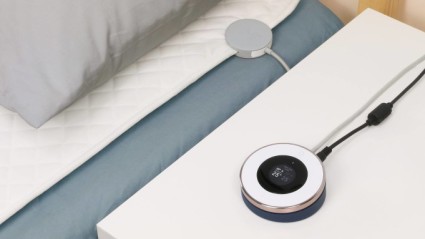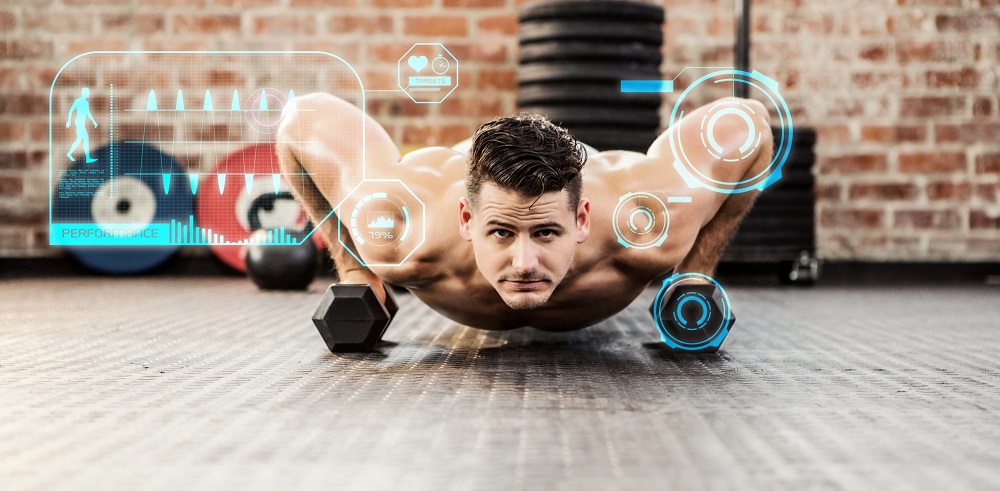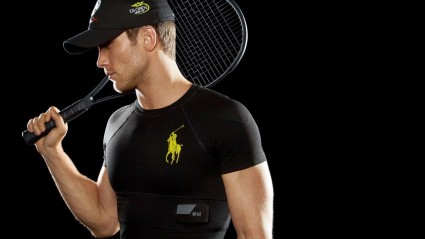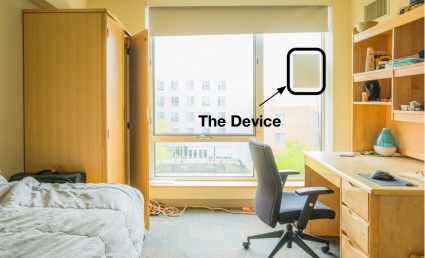
Wearable Technology Revolution
The health and fitness community has become enamored with electronic devices and gadgets, which has led to an ongoing evolution in wearable technology.
Wearable devices have capabilities to track useful data that can help consumers reach their goals easier and inform them on the status of their health. This trend seems to be growing successively each year.
The last decade has shown growth in the wearable industry from $5 billion in 2015 to $32.6 billion in 2019. Wearables shipped worldwide in 2020 was 266.3 million and is projected to reach over 750 million units by 2026.
Widespread access to high speed internet connectivity has led to a greater awareness of health and fitness worldwide, with the Asia-Pacific region showing the greatest potential in the market.
This demand will lead manufacturers to develop more advanced smart technology for various functions in our lives, which will have both positive and negative consequences.
Wearable Technology Trends for 2022 and Beyond
Wearable technology was defined as miniature electronic devices worn over or underneath clothing, but it can also be categorized into a few smaller niches. These niches differ from each other based on how data is transmitted.
Nearables, for example, uses beacon technology sensors to trigger action in devices. Beacon technology coordinates miniature computers with a mobile device to detect human presence, as seen with smart beds or smart mattress pads.

Sensors located on or near your body transmits data to a mobile device and communicates real time information.
This technology is most employed in smart clothing, where attached sensors are capable of detecting data on the body and mirroring it to a smartphone.
Emerging manufacturers are redesigning future smart clothes by replacing the beacon sensors with carbon nanotube fibers that conducts signals and transmits data via Bluetooth.
Hearables are in-ear devices that transmit sound but can also monitor health with higher accuracy because of proximity to the body’s core and arteries from the inside the ear.
Airables uses existing wireless transmitters and sensors to capture information using radio waves, Wi-Fi waves, and high frequency sounds to reverberate the waves off a human back into a microphone.
Airables tend to misconstrue the time spent awake with relaxation when monitoring sleep, which makes sleep airables somewhat inaccurate for collecting data.
The emergence of all these technologies is leading to an amalgamation of smart devices better known as the Internet of Things.
Internet of Things (IoT) devices connects to the Internet in two ways: over cloud servers for offline processing in the future or online where information is sent and received back to help the device to operate.
The Internet of Things term goes back as far as the early to mid 1980s and refers to the time period when more things or objects are connected to the Internet than people. The current estimate of connected devices is at 593 million and is expected to increase to 1.05 billion units by 2022.
Potential Consequences/Downfalls of Wearable Technology
Wearables have been integrated seamlessly into the consumer market and offers endless potential for improving many lives in the health and fitness sector. Working professionals across many industries can serve their clients with better access and more convenience.
However, the consequences of this technology is prevalent because it’s still relatively new and unregulated. One of the main problems for wearables are privacy concerns.
Personal data being exchanged over cellular or Wi-Fi networks constantly can create hazards for breaches by unauthorized users.
Bluetooth networks offer little to no encryption for securing information and this can be problematic for users with multiple connected devices (see How Smart Clothing Can Benefit Active Individuals).
The second big concern is power consumption, as most wearable technology relies on battery life of less than 24 hours. Wireless charging infrastructure is still in its infancy worldwide, which makes wearable technology for long periods of time inconvenient.
Wearables monitor health but can bring hazards of its own, as EMF radiation is already a major problem in many households. Wireless transmission involves radio frequency radiation, which can have negative impacts when transmission wearables are in close contact to the body (especially with airables).
Another issue that should be addressed is the convoluted data coming in from multiple wearable devices.
Hearables can detect health data most accurately, but smart clothing and watches gathers the same information, which may confuse the user with conflicting readings. This data also needs interpretation from a professional, as most information that is gathered is somewhat technical and misleading.
With the introduction of the Apple Watch, the heart monitoring data collected from the device is causing enough anxiety for patients to schedule more appointments with physicians than they were previously.
The Wrap Up
Wearables are growing stronger in demand as more people across the world begin to prioritize their health and wellness more than ever. The technology for wearables are more integrated than they were in the previous 5 years and have capabilities to communicate seamlessly with each other online. The popularity of wearable technology that’s leading into the Internet of Things will need address the many concerns of privacy and health advocates the further it is advanced.





Leave a Reply
You must be logged in to post a comment.